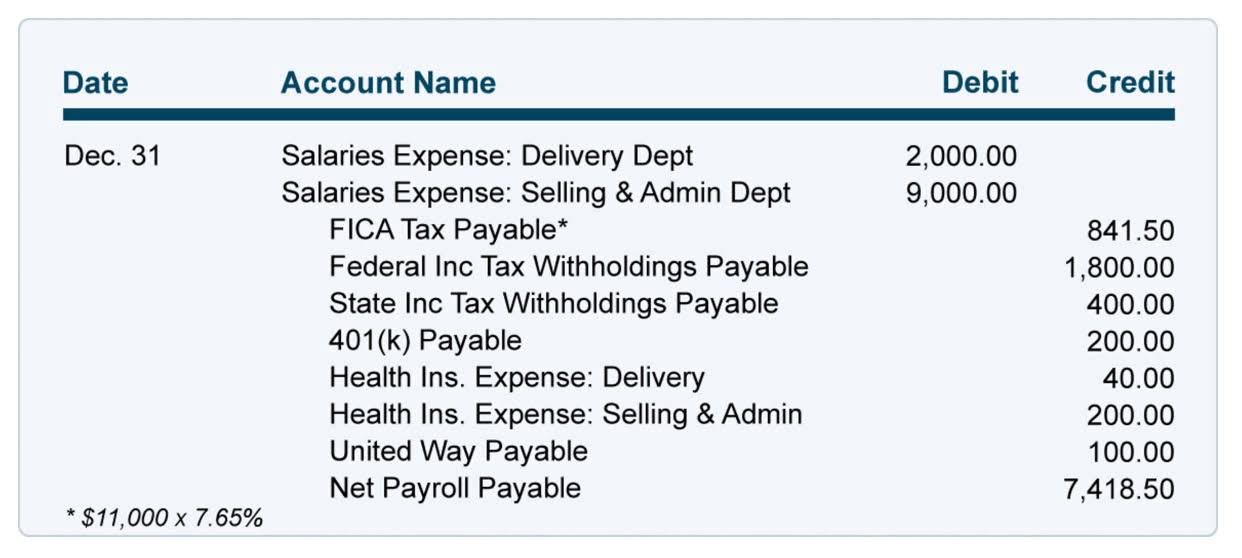The error posted for the wrong amount would also be reflected in any of the other accounts related to the transaction. In other words, all of the accounts involved would be in balance but for the wrong amounts. If syncing with types of errors in accounting apps has stopped, accounts don’t balance, or entries are miscategorized, it’s possible there’s been a misuse of accounting software. Transposition errors are the result of reversing two digits that were entered back-to-back.
You can make journal entries in the system itself after which they’ll be automatically posted to your ERP. It’s a known fact that the entire financial decision-making of an organization depends on the accuracy and completeness of its books. A small painting company receives $500 from a client in payment for an invoice.
Accounting errors are unintentional bookkeeping errors and are sometimes easy to identify and fix. For example, if the debits and credits don’t add up to the same amount in the trial balance, an accountant can easily see what account is inaccurate. The trial balance is a type of worksheet that accountants use to record the debit and credit entries. The totals from the trial balance are later carried over onto the financial statements at the end of the reporting period. However, there are instances where accounting errors exist, but the trial balance is not out of balance, which can be more difficult to identify and fix the errors.
- This way, you’ll see whether the bank made a mistake or recorded a transaction in a different month (and different monthly statement) than you did.
- The error will show itself as a mistake in data entry when you post a new recording.
- Some accounting errors can be fixed by simply making or changing an entry.
- Too many incorrect paychecks can break trust in your accounting system or your business as a whole.
- The best way to prevent it is through a reliable routine for entering transactions.
Comparing your actual expenses to the amount you budgeted can help you discover a misclassification (or at least an explanation for the differences). Set company policy on documentation procedures so entries can be made properly and accurately. For example, record reimbursements to employees when made after they’ve submitted expense reports so you know the numbers are correct. The first three items fall under “accounting changes” while the latter falls under “accounting error.”
Impact of accounting errors
The error would show as posted to the wrong vendor on the accounts payable subsidiary ledger. Error of entry reversal is when the accounting entry is posted in the wrong direction, meaning a debit was recorded as a credit or vice versa. For example, cost of goods sold, which contains raw materials and inventory, is credited instead of debited and finished inventory is debited instead of credited. There are numerous other types of accounting errors, and some of the most common mistakes are listed below. Some businesses such as banks and retailers who handle great deals of cash can inadvertely issue the wrong change or make errors in counting money. Variances between expected and actual amounts are called “cash-over-short.” This account is kept as part of the company’s income statement.
Some accounting errors can be fixed by simply making or changing an entry. For example, a company’s payment to an independent contractor for $500 was not entered in the books. Some corrections in expense classification may trigger a change in accounting method for tax purposes, requiring you to file a request for a change in accounting method. Other errors may have ripple effects (e.g., you may need to restate previous financial statements). Businesses typically identify entry reversal errors by looking at additional income or expenses outside credits and debits. Also, consider double-checking accounting entry categories to find these mistakes.
In another example, the e-commerce marketplace Groupon posted fourth-quarter earnings without considering refunds in 2012. This clerical error increased their losses from $42.7 million to $62.9 million. Consider following these tips to find mistakes and inaccuracies during reconciliation or matching books. Accounting errors are discrepancies in a company’s financial documents.
A principle error results from wrongfully applying accounting principles while making accounting entries. Reversing accounting entries means that an entry is credited instead of being debited, or vice versa. The issue is that you can’t spot this mistake in your trial balance—it will still be in balance regardless. A payment to a vendor that’s recorded as an accounts payable, but to the wrong invoice or vendor is also an error of commission.
Reconciliation error
An accounting error should not be confused with fraud, which is an intentional act to hide or alter entries for the benefit of the firm. Although there are numerous types of errors, the most common accounting errors are either clerical mistakes or errors of accounting principle. Accounting errors are mistakes that are made in previous financial statements. This can include the misclassification of an expense, not depreciating an asset, miscounting inventory, a mistake in the application of accounting principles, or oversight.
Business Insurance
Accounting errors are unintentional mistakes in book-keeping of transactions. If an error is drastic enough, a company may file a claim for coverage under its errors and omissions insurance policy, if one is in place. E&O insurance can provide monetary remuneration for errors of principle made by employees, negligence, or company policies. GL Account 7005 is an interest expense-related GL account and GL Account 7002 is an income account that tracks all the interest income. A new entry for $200 has been posted to GL account 7005 as a Credit entry instead of being recorded as an income in GL account 7002 with a Debit entry. This implies an income-related transaction (Credit) has been posted into an Expense related GL Account (Debit)which is an anomaly.
Errors of principle are often simply accounting entries recorded in the incorrect account. Oftentimes, the error of principle is a procedural error, meaning that the value recorded is correct but the entries are made in the wrong accounts. Accountants use trial balance worksheets to record and match debit and credit transactions. These worksheets ease how they find the incorrect entries when both accounts don’t match. Later, they carry over the trial balance to financial statements and balance sheets at the end of an accounting period.
Moreover, inaccurate financial statements impact an organization’s relationship with suppliers, investors, and customers. That’s why enterprises must pay attention to correcting accounting mistakes. Keeping track of invoices to customers and from vendors and ensuring they’re entered immediately and properly into the accounting software can help reduce clerical errors. Monthly bank reconciliation can help to catch errors before the reporting period at the end of the quarter or fiscal year. A bank reconciliation is a comparison of a company’s internal financial records and transactions to the bank’s statement records for the company.






